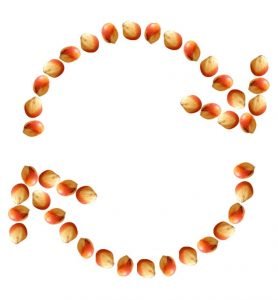The assets of sorghum in crop rotations.


Let’s take the case of a short rotation, based mainly on winter crops such as rapeseed, wheat and winter barley (a classic rotation in France in the Center, Burgundy or Poitou Charente). In this situation, the introduction of sorghum results in longer rotations. This is because sorghum is a “real” spring crop, which is sown late (mid-May) unlike spring barley or protein pea, which are sown in February. This 3-month time lag disrupts the cycle of grasses such as ryegrass and foxtail, considering that false seedlings grow before sorghum sowing. This reduces the seed stock of the weeds involved. Another advantage of sorghum regarding weeding: the possibility of using herbicides with active ingredients that cannot be used on other rotation crops (rapeseed, wheat or barley), which helps to better manage resistance problems in weeds. Sorghum therefore reduces the IFT (treatment rate index) at the scale of the whole rotation.
Sorghum fits perfectly between 2 straw cereals, after barley and before wheat. There are no particular contraindications. However, it is necessary to remain cautious about the risk of fusariosis on soft or durum wheat which will be grown after sorghum and therefore choose varieties which are not very sensitive.

Another asset of sorghum in crop rotations is the supply of organic matter to the soil. Indeed, the plant mass produced by sorghum is so significant that once it is reincorporated into the soil, it contributes to enriching it and feeding the fauna and flora, which is favourable to soil life and biodiversity.
Continue ?
Sorghum, the up and coming crop

Sorghum, an ally against global warming













